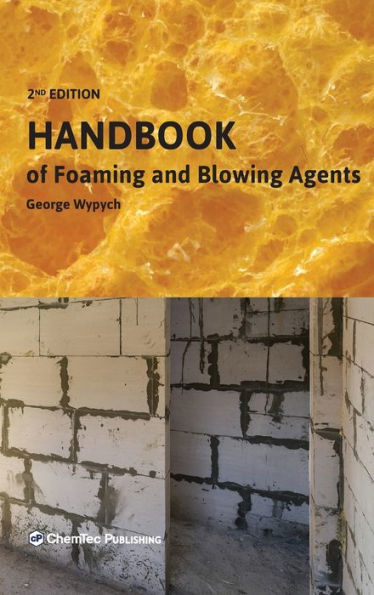Foamed polymers have many beneficial properties, including lower density, high heat and sound insulation, and shock absorbency. Foamed plastic parts are now a ubiquitous part of everyday life—from food packaging to seat cushions. As the application of foamed polymers expands and diversifies, a variety of foaming techniques and equipment are available to produce very diverse range of products.
Foaming methods are generally established, but very little is known about the composition of materials to be processed and the additives to enhance foam products or make the foam production more economical. The book introduces useful analytical techniques for foaming, and thoroughly discusses the environmental impact of foaming processes.
Foamed polymers have many beneficial properties, including lower density, high heat and sound insulation, and shock absorbency. Foamed plastic parts are now a ubiquitous part of everyday life—from food packaging to seat cushions. As the application of foamed polymers expands and diversifies, a variety of foaming techniques and equipment are available to produce very diverse range of products.
Foaming methods are generally established, but very little is known about the composition of materials to be processed and the additives to enhance foam products or make the foam production more economical. The book introduces useful analytical techniques for foaming, and thoroughly discusses the environmental impact of foaming processes.

Handbook of Foaming and Blowing Agents
308
Handbook of Foaming and Blowing Agents
308Hardcover(2nd ed.)
Related collections and offers

Product Details
| ISBN-13: | 9781774670002 |
|---|---|
| Publisher: | Elsevier Science |
| Publication date: | 03/17/2022 |
| Edition description: | 2nd ed. |
| Pages: | 308 |
| Product dimensions: | 6.00(w) x 9.00(h) x (d) |
